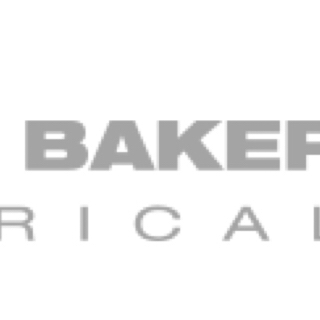Information
-
Address
-
ABE-
-
Conducted on
General
-
Type of installation
- Domestic
- Commercial
- Industrial
-
Approximate age of installation
- 1-5 years
- 5-10 years
- 10-15 years
- 15-20 years
- 20-25 years
- 25+ years
-
Evidence of additions or alterations.
-
If "yes", estimated age.
Consumer Mains
-
Identification of cable cores.
-
Current carrying capacity.
-
Voltage Drop.
-
Aerial installation conditions.
-
Connection of wiring.
Switchboards
-
Location. e.g. Not in restricted location, access and egress.
-
MEN connection Intact.
-
Basic protection against contact with live parts. e.g. insulation and enclosures.
-
Protection against the spread of fire.
-
Protection devices installed and suitably rated for over-current protection, arc fault protection and discrimination.
-
Connecting devices. e.g. earth bar, neutral and active links.
-
Connection and fixing of wiring and switchgear.<br>
-
Identification and labelling of electrical equipment. e.g. switchboard markings and circuit identification
-
Protection against external influences. e.g. mechanical damage, effects of UV light.
-
Isolating devices e.g. main switches.
-
Fault protection (protection against indirect contact with live parts) by the use of automatic disconnection of supply. Check that the consumer mains have over current protection.
-
RCD's installed on applicable circuits.
Wiring Systems
-
Conductor Size. Check current carrying capacity and derating of cables.
-
Identification of cable cores.
-
Support and fixings.
-
Connections and enclosures. Check to confirm that cables are suitably terminated.
-
Overhead wiring systems. Check clearances from structures, vegetation and ground.
-
Segregation from other services. Gas, water, solar.
-
Protection against external influences. e.g. mechanical damage, effects of UV light.
-
Installation of cables in accessible areas of the ceiling space. e.g. near manhole, crossing roof battens and trusses.
Electrical Equipment
-
General condition of electrical equipment.
-
Isolation devices installed where required.
-
Down lights installed in accordance with AS/NZS 3000:2007.
-
Equipment installed as per manufacturers requirements.
-
Fixing and support of equipment adequate
-
Equipment suitable for the operating environment. e.g. IP rating.
-
Protection against hazardous parts. e.g. guarding, screening etc.
-
Availability of user manuals, operating instructions.
Earthing
-
Earth electrode installed. Sign and tag attached to main earthing conductor.
-
Earthing conductors. e.g. size, identification.
-
Equipotential bonding conductors. Pool fences, water piping, slab reinforcing wet areas
-
Connection, joints and terminations adequate.
-
Protection against external influences. e.g. mechanical damage, effects of UV light.
-
Conductive building materials connected to earth where required. e.g. contact with single insulated cables.
-
Creation of an earthed situation that may require earthing of additional electrical equipment.
General Condition of electrical installation
-
Please state:
Exit Checks
-
MEN connection intact
-
Switchboard secure.
-
Main switch and circuit protection returned to original state.
-
Tools and equipment returned to vehicle.
-
Person in control advised of departure.
Sign Off
-
Electrician:
-
Electrical safety check is carried out in accordance with AS/NZS Standards, we are not liable for any assessments carried out, or information contained within, as some installations will be applicable to previous standards.
Note: cabling that is contained within the fabric of the building has not been checked.
Approximately 10% of the electrical installation has been checked to give an approximate indication of the safety of the electrical installation









